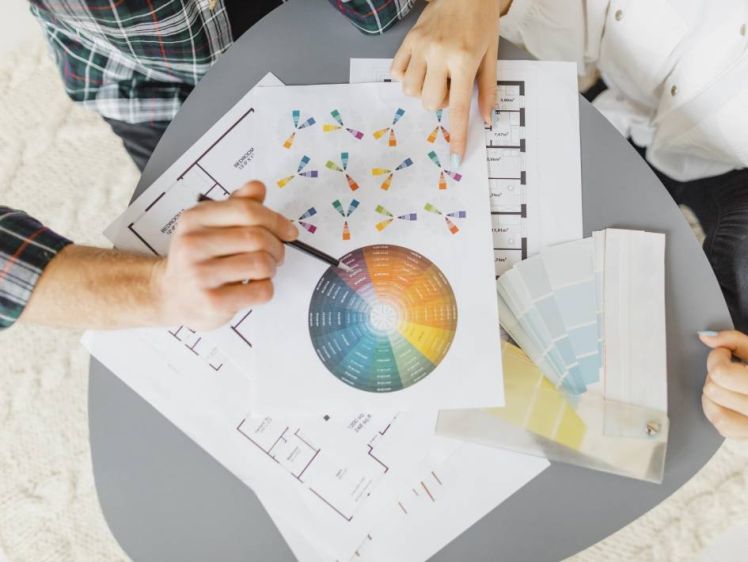The Role of Color Psychology in Logo Design
In the vibrant world of logo design, color is not merely a visual element; it is a powerful tool that can influence emotions, perceptions, and brand associations. The psychology of color plays a crucial role in shaping how consumers interpret and connect with a brand. Logo designers harness this psychological impact to create logos that resonate, communicate, and leave a lasting impression. Let's delve into the fascinating realm of color psychology and explore its pivotal role in the art of logo design.
1. Red: Passion, Energy, and Urgency:The color red is associated with strong emotions such as passion, energy, and urgency. It grabs attention and conveys a sense of excitement. Brands like Coca-Cola and Netflix leverage the power of red in their logos, making a bold and memorable statement.
2. Blue: Trust, Stability, and Calm:Blue is often linked to trust, stability, and calmness. It is a popular choice for brands in finance, technology, and healthcare. The Facebook and IBM logos, both predominantly blue, exude a sense of reliability and trustworthiness.
3. Yellow: Optimism and Clarity:Yellow is the color of optimism, warmth, and clarity. It draws attention and evokes a sense of positivity. The use of yellow in logos, as seen in the designs of McDonald's and Best Buy, communicates a cheerful and approachable brand image.
4. Green: Nature, Growth, and Health:Green is synonymous with nature, growth, and health. It is often chosen by brands that want to convey eco-friendliness or a commitment to well-being. The logos of Starbucks and Whole Foods Market harness the calming and organic associations of the color green.
5. Purple: Luxury, Sophistication, and Creativity:Purple is linked to luxury, sophistication, and creativity. It is a color often chosen by brands that want to convey a sense of elegance and innovation. The logos of Cadbury and FedEx use purple to evoke a premium and distinctive feel.
6. Orange: Energy, Playfulness, and Enthusiasm:Orange is a color associated with energy, playfulness, and enthusiasm. It grabs attention and creates a sense of vibrancy. Brands like Fanta and Nickelodeon use orange to communicate a fun and dynamic brand personality.
7. Black and White: Timelessness and Simplicity:While not colors in the traditional sense, black and white play a crucial role in logo design. Black is often associated with sophistication and timelessness, while white conveys simplicity and cleanliness. The Apple logo, with its sleek black silhouette, epitomizes the elegance of black in design.
8. Color Combinations: Creating Harmony and Contrast:Effective logo design often involves the strategic use of color combinations. Harmonious color palettes create a sense of balance and unity, while contrasting colors can highlight specific elements. The Google logo, with its vibrant and diverse color palette, exemplifies the art of combining colors to convey a multifaceted brand identity.
Conclusion
In the intricate world of logo design, color psychology is a powerful tool that goes beyond aesthetics. The strategic choice of colors can evoke emotions, convey brand values, and leave a lasting impression on consumers. By understanding the psychological associations of each color and considering the interplay of colors in a palette, designers can create logos that not only visually captivate but also resonate with the target audience on a deeper, emotional level. As brands continue to navigate the visual landscape, the role of color psychology in logo design remains a dynamic and ever-relevant aspect of building memorable and impactful brand identities.



